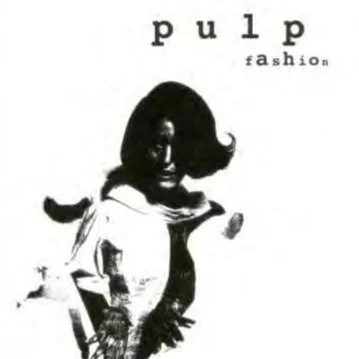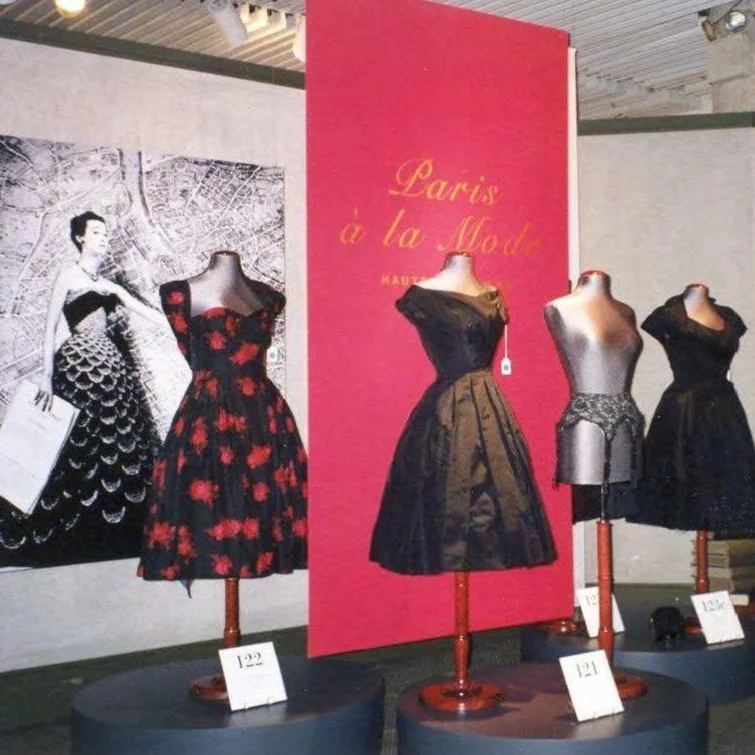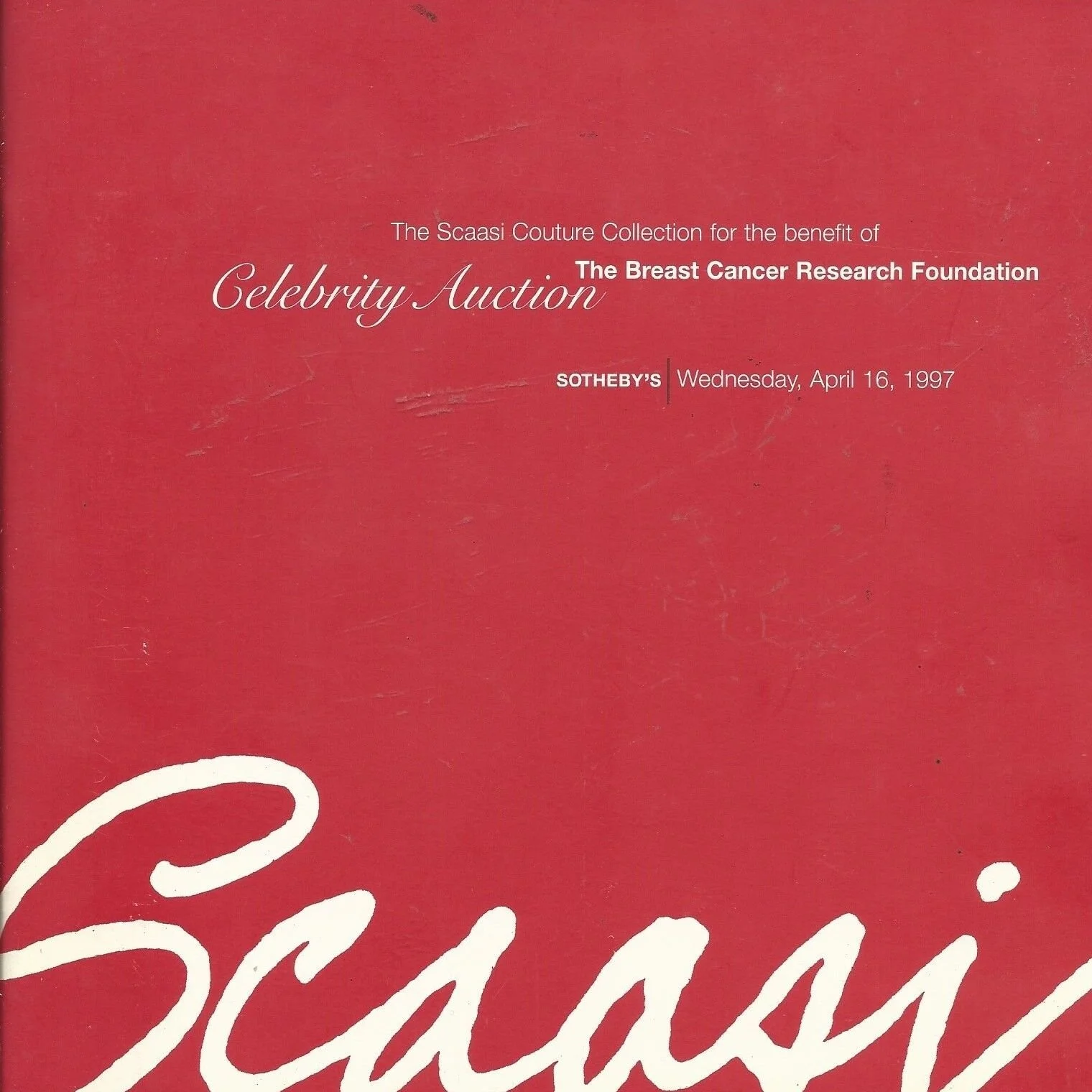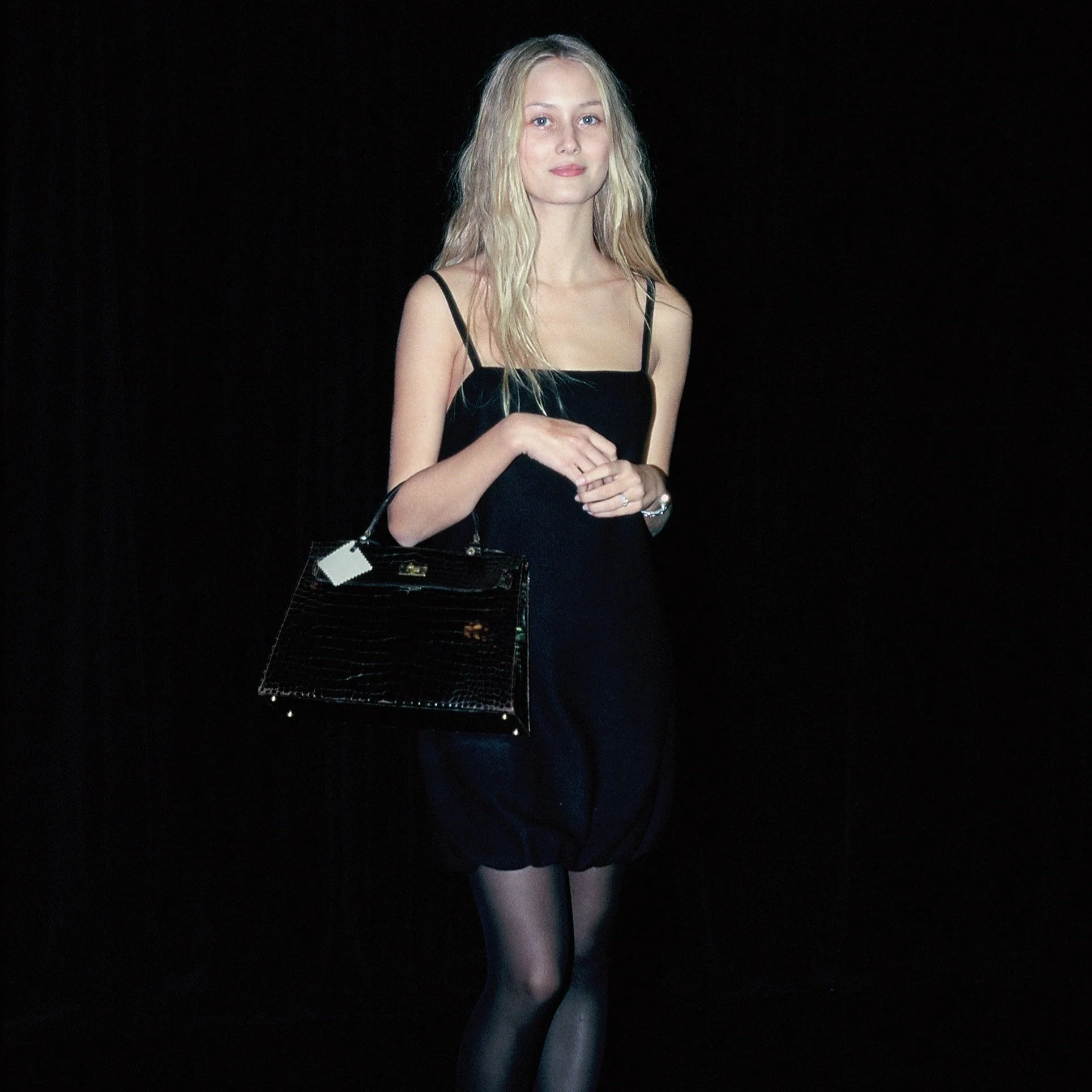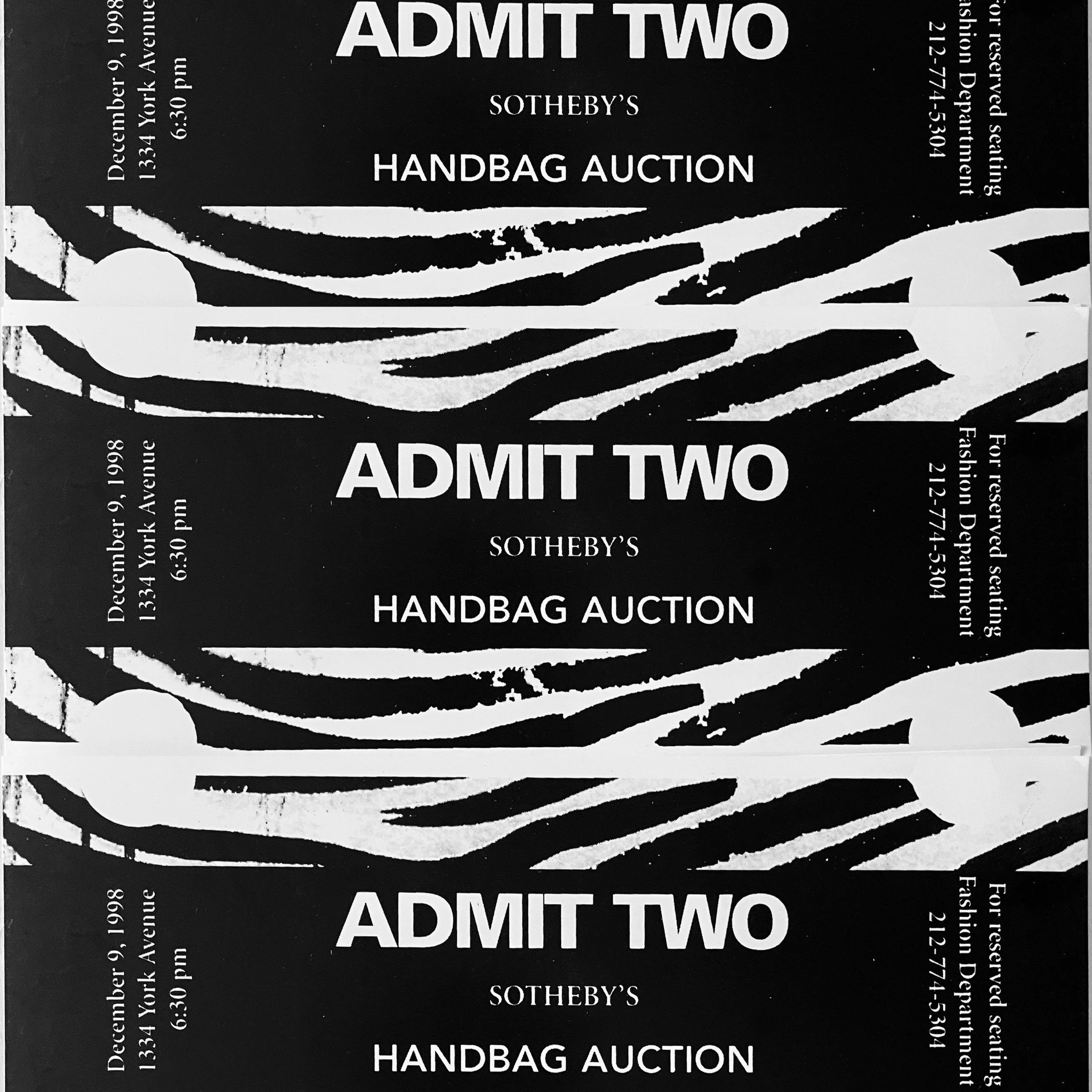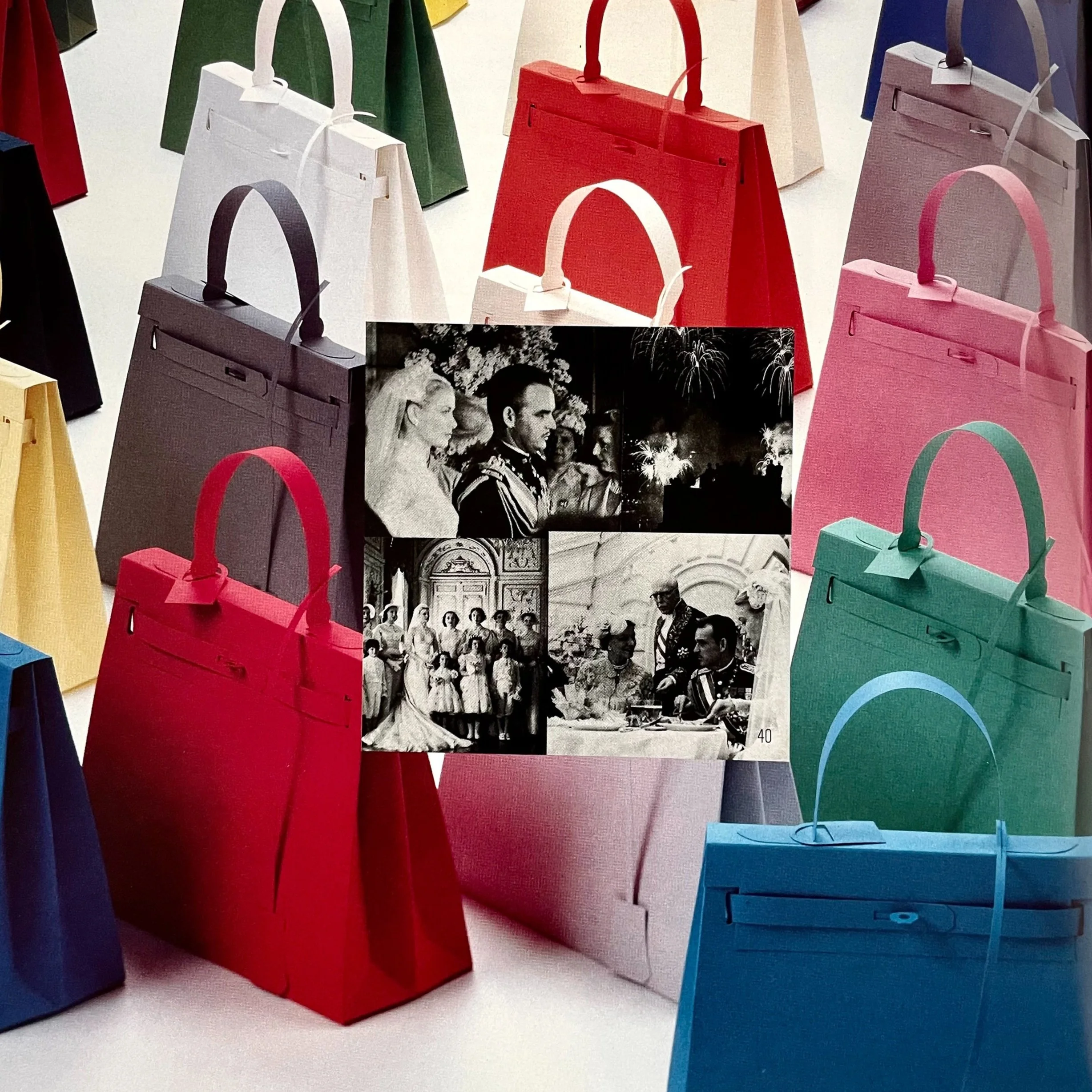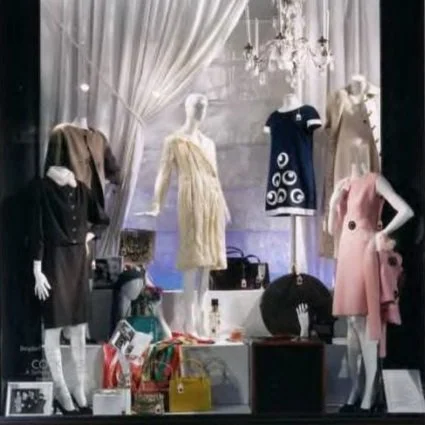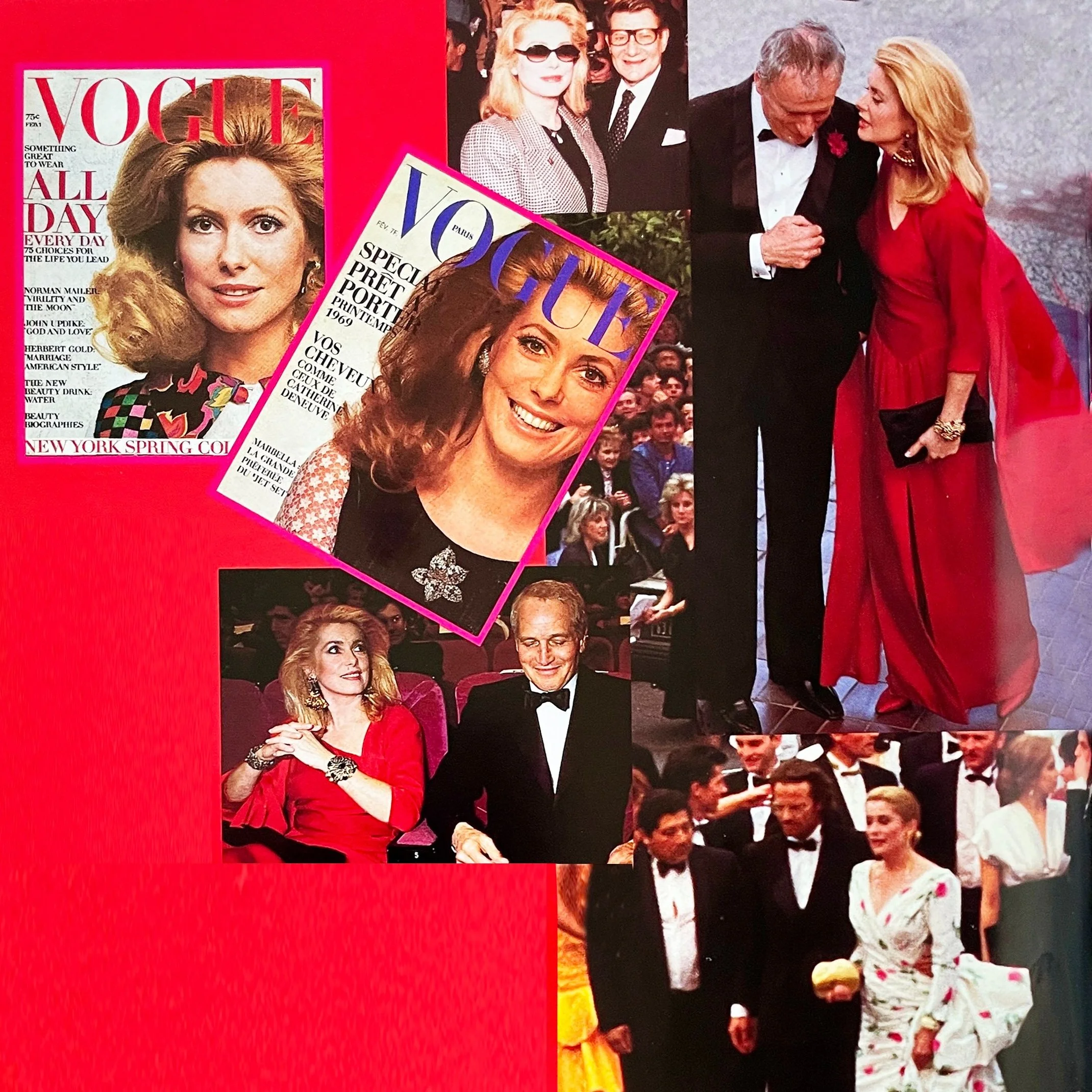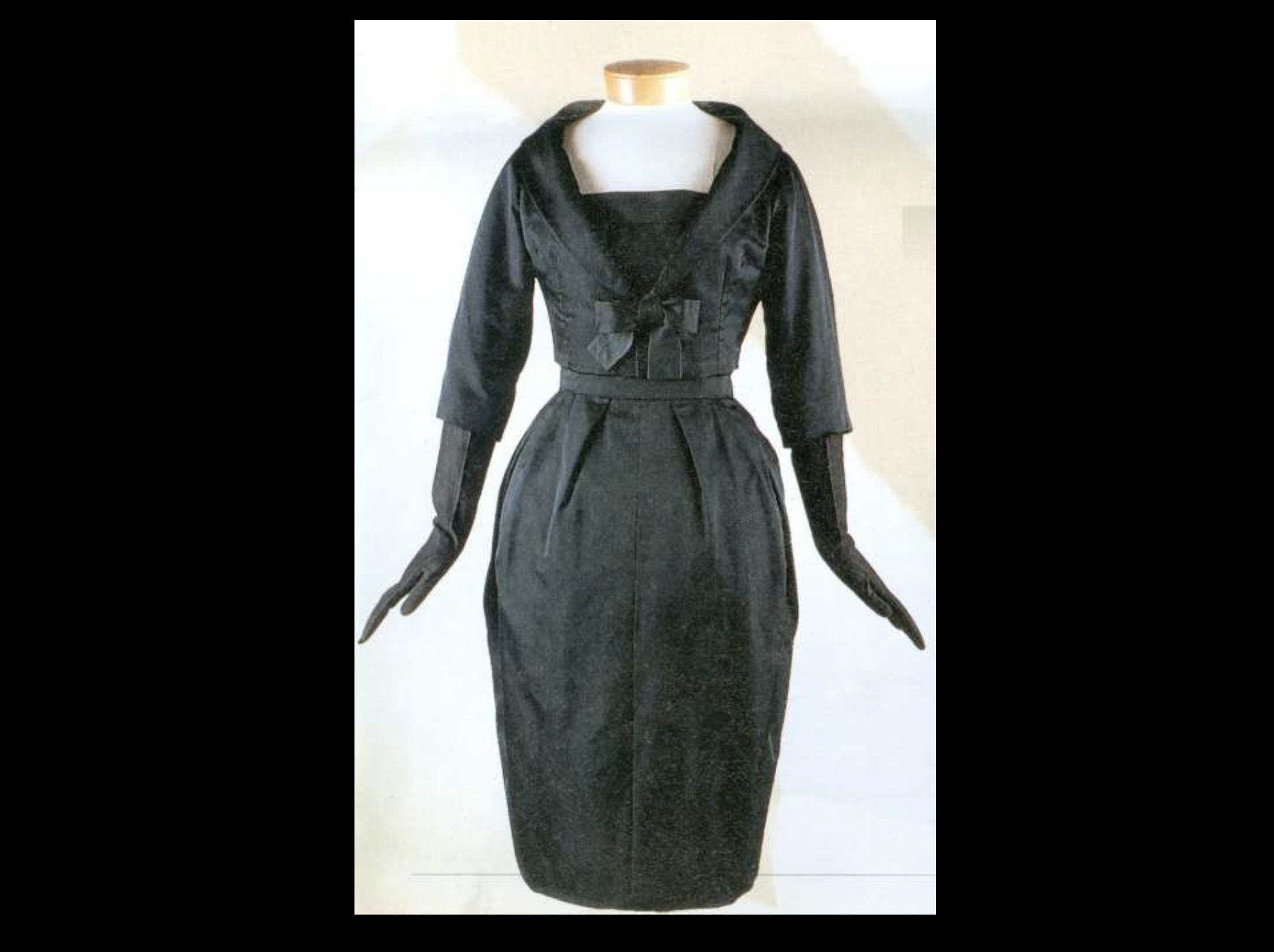Fashion Auctions
Handbags Auction
“I predict with the rise of 3D printing we won’t need to carry a handbag to show our status or authenticate it. We will be able to just print a bag for whatever occasion.”
Pulp Fashion Auction
“I am not a serious collector. I’m just a seriously resourceful shopper.”
Cocktails Auction
“I was able to push the auction consumer relationship even further by convincing Bergdorf Goodman to feature items from the sale in their Fifth Avenue windows.”
Paris à la Mode Auction
“first, the designers who create fashion; second, the well-dressed women who demand and inspire fashion and whom other women emulate; and third, the fashion motivators, a mixed group that includes fashion editors and writers, artists, photographers, mannequins, publicity and press agents — the vast army of people who promote fashion in exciting terms and glamorous pictures that help to stimulate the fashion taste buds.”
Nothing to Wear Auction
“Nothing to Wear sale was inspired by my own constant struggle with having a closet full of clothes and yet nothing to wear...”
Scaasi Couture Auction
“I casually asked American fashion designer Scaasi “What are you doing with your samples?” He responded, “I don’t know—I’ve got 2,500 of them.” “Why don’t we do an Arnold Scaasi couture clothing sale at Sotheby’s?” I shot back. “Great idea—I’ll give the proceeds to breast cancer” he responded.”
Vintage Style: Buying and Wearing Classic Vintage Clothes
For any woman who ever wondered how to wear vintage clothing with panache, at last there is Vintage Style, the book that takes the mystery out of buying, wearing, and caring for vintage clothes. This is not about Victorian whites, poodle skirts, or boogie-woogie-bugle-boy outfits with peplums, seamed stockings, and snoods. It's about vintage clothes as a mainstream choice, and this fully illustrated book shows just how easily the fashions of yesteryear can be incorporated into a modern wardrobe.
Vintage Style tells you—and shows you—exactly how to get into vintage. It features more than one hundred specially commissioned photographs of thirty-six women (and one man) from all walks of life modeling classic vintage pieces as part of three different outfits—casual, workday, and evening. It is on these pages that one can truly see the extraordinary versatility of vintage clothing and also appreciate how to achieve that “edge” that only one-of-a-kind fashion can create. The “classics” section, shopping tips, and care suggestions that are included are full of helpful information for creating and maintaining a uniquely personal look.
All in all, Vintage Style is nothing short of a money-saving source guide and an inspirational blueprint for understanding how to wear vintage clothes with style.
Tiffany on Honing her Craft
Fashion has always been a part of my life. Perhaps because of the way I grew up, it became the way I communicated with people. My father, Herbert Rounick, was a traditional fashion manufacturer. He worked on Seventh Avenue, and that was my childhood stomping ground. I spent hours in his warehouses playing among the racks of plastic-covered clothes.
I knew every conceivable treat to be found on the narrow, crowded side streets around the neighborhood. The buttons, the lace, the sequins, the trim—it was all like penny candy to me.
When I was 12, I bought beads and string from a few wholesale bead stores and started making sterling silver necklaces with semiprecious stones. To sell my necklaces, I would go door-to-door in the big apartment building where I grew up, and I set up a stand outside the United Nations. I sold them for $6.50 a piece. It seemed a fortune at the time. When I had netted a bit more than $400.00, I went off to Tiffany’s to buy myself a pair of Elsa Peretti mesh earrings that I still wear today.
Learning how to look for, choose, and wear accessories is a craft, like glassblowing or creating micro mosaics. And it is one that very few women take the trouble to learn. Except me. As far as I can tell, I’ve been at it since birth. I’ve decked out my feet in items that are supposed to go on my head. I’ve turned shoes into handbags, earrings into necklaces, socks into mittens. I’ve played and played, experimenting on myself, using my body as a canvas.

